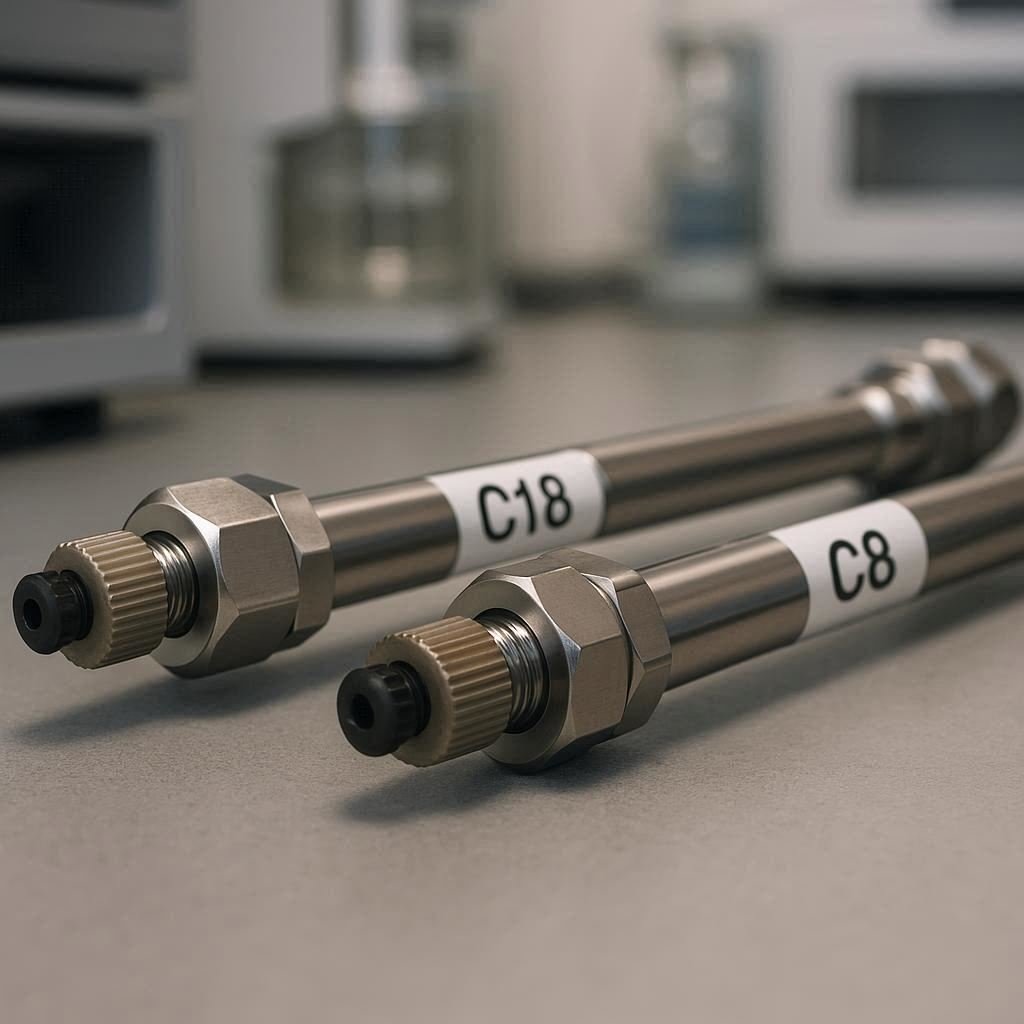Learn what a Stability Indicating Method (SIM) is in pharmaceutical analysis, why it’s essential, key development steps, regulatory guidelines, and its advantages for ensuring drug safety and efficacy
A Stability Indicating Method (SIM) in pharmaceutical analysis is a validated analytical technique designed to accurately quantify the active pharmaceutical ingredient (API) in a drug substance or product, even in the presence of its degradation products, impurities, or excipients. Its primary purpose is to ensure that the method can specifically and reliably distinguish the API from all other components, making it essential for assessing the stability, safety, and efficacy of a pharmaceutical product over time.
In pharmaceutical development, ensuring the safety, efficacy, and quality of a drug throughout its shelf life is of critical importance. This is where Stability Indicating Methods (SIMs) play a vital role. These validated analytical techniques—such as High-Performance Liquid Chromatography (HPLC) with Photo Diode Detector (PDA) and Liquid Chromatography-Mass Spectrometry (LC-MS)—are essential for monitoring how a drug substance or product degrades over time when exposed to various environmental stress conditions. SIMs provide a scientific foundation for determining shelf life, supporting regulatory submissions, and safeguarding patient health.
In this blog, we’ll explore what SIM is, why it’s needed, how it’s developed, and its regulatory framework, along with its many benefits.

Major Takeaway
A Stability Indicating Method (SIM) is a validated analytical procedure used to detect and quantify the active pharmaceutical ingredient (API) and its degradation products in a drug substance or drug product.
Stability indicating capability refers to an analytical method’s ability to accurately and specifically detect and quantify the active pharmaceutical ingredient (API) without interference from degradation products, impurities, or excipients, thus proving it can monitor the stability of the drug over time.
A Stability Indicating Method (SIM) is a validated analytical procedure used to detect and quantify the active pharmaceutical ingredient (API) and its degradation products in a drug substance or drug product.
Definition (as per ICH Guidelines):
A SIM is an analytical method that accurately and precisely measures the active ingredients free from interference from degradation products, impurities, excipients, or other potential contaminants.
The goal of SIM is to ensure that any change in the API due to environmental factors (light, heat, humidity, oxidation, etc.) can be monitored and quantified reliably.
You May Like:
SIMs are essential for the following reasons:
Developing a SIM is a multi-step process involving a thorough understanding of the drug’s chemistry and potential degradation pathways.
1. Literature Review
2. Forced Degradation Studies
3. Analytical Method Selection
4. Method Development
5. Method Validation (as per ICH Q2(R1))
6. Stability Study Execution
Various regulatory bodies mandate the development of SIMs:
Regulators require SIMs for:
Example: Stability Indicating Method for an API-X
A validated Stability Indicating HPLC method was developed and implemented for an API-X
To develop and validate a stability-indicating method capable of separating API-X from its known degradation products and excipients in a tablet formulation.
The drug was subjected to various stress conditions:
The method successfully separated Amlodipine from at least three major degradation peaks.
| Parameter | Result |
|---|---|
| Specificity | Clear separation of API and degradants |
| Linearity | R² > 0.999 across 2–50 µg/mL |
| Accuracy | 98.5–101.2% recovery |
| Precision | RSD < 2% (intra- and inter-day) |
| LOD & LOQ | 0.5 µg/mL & 1.5 µg/mL |
| Robustness | No significant changes with slight parameter variation |
Outcome:
The validated SIM was used in long-term and accelerated stability studies as part of the product’s NDA submission. The method ensured early detection of degradation and supported a 24-month shelf life claim under ICH storage conditions.
This case study highlights how a well-designed Stability Indicating Method enables pharmaceutical companies to ensure drug quality, safety, and regulatory compliance, particularly during shelf life determination and post-approval monitoring.
Stability Indicating Method is used for API in stability studies.
Stability Indicating Methods are cornerstones of pharmaceutical quality assurance. They not only help in ensuring a drug’s safety and effectiveness over time but also play a critical role in regulatory compliance and product development. With increasing scrutiny from regulatory agencies, the development and validation of robust SIMs is no longer optional—it’s essential.
Whether you’re in R&D, quality control, or regulatory affairs, understanding the importance and methodology of SIM can significantly enhance the reliability and credibility of your pharmaceutical product.
Further Reading



Quick Links